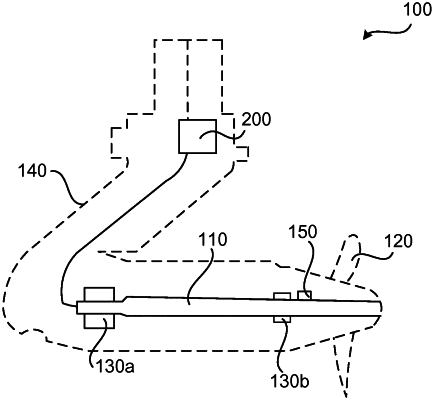| CPC G01M 13/045 (2013.01) | 23 Claims |

|
1. A method for deciding whether a bearing is faulty or not, the method being performed by a controller, the method comprising:
obtaining a signal representing vibrations of the bearing, wherein the vibrations are obtained during operation of the bearing;
applying signal segmentation to the signal in at least two frequency bands in order to identify any shock pulse in the signal, wherein the signal is adaptively divided in the at least two frequency bands, wherein impulses excited by any fault in each of the frequency bands is searched for using a sliding window approach on the signal in each frequency band in time domain, and wherein the sliding window approach comprises a reference window and a test window, the reference window being longer than the test window, using a non-parametric model to calculate probability density estimates for the test window and the reference window and estimating the probability that there is a shock pulse within the test window from the difference between the probability density estimates of the test window and the reference window, wherein said estimating the probability that there is a shock pulse uses Kullback-Leibler divergence and a logistics function defined as:
PiSP[k]=1/(1+exp(−β0−β1DiKL[k])
wherein β0 and β1 are parameters determined using data or theoretical distribution models, wherein β0 and β1 are non-zero values, and wherein DiKL[k] is the Kullback-Leibler divergence;
calculating a fault indicator for each of the at least two frequency bands using results from the estimated probability and assumed bearing fault frequencies; and
deciding whether the bearing is faulty or not depending on whether or not the signal includes said any shock pulse, and based on the fault indicator, if any frequency of the shock pulses is compatible with any of the bearing fault frequencies.
|